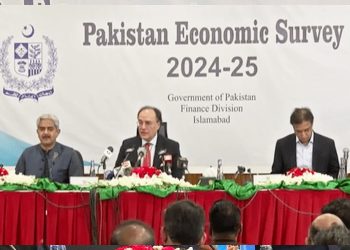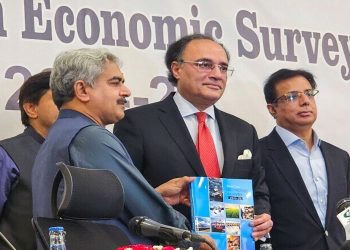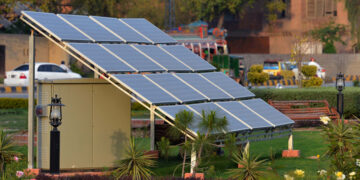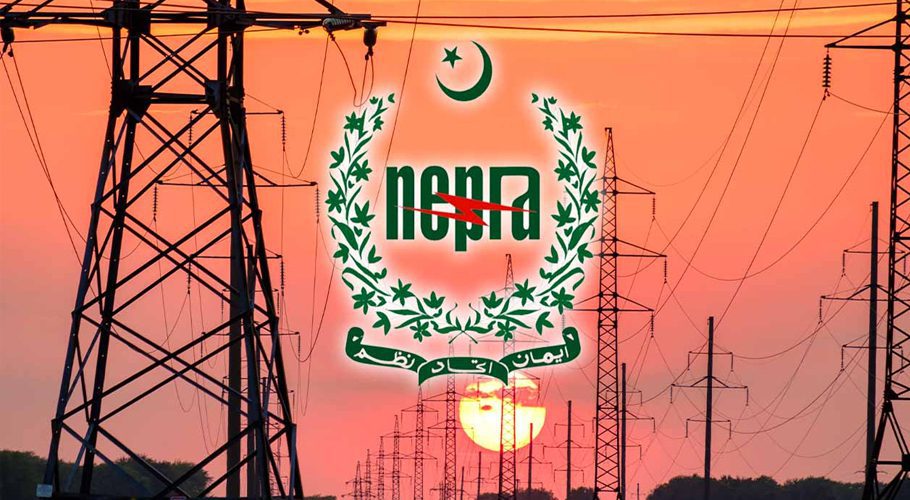The Pakistan Economic Survey 2022-23, an annual document that presents the state of the economy and its prospects for the next financial year, was unveiled by the Federal Minister for Finance and Revenue in Islamabad on June 8, 2023, ahead of the Federal Budget.
As was to be expected, the previous administration’s policies were singled out as the cause of the current severe economic deadlock, which is characterized by the failure to meet all annual goals (referred to as “huge macroeconomic imbalances”).
The survey revealed that Pakistan’s economic growth rate plunged to 0.3% in 2022-23, the lowest in a decade, due to the adverse impacts of natural disasters, political instability. The survey also showed that none of the targets set by the government for various macroeconomic indicators was met during the year.
The agricultural sector contracted by 1.5% due to floods that damaged crops and livestock. The industrial sector also shrank by 3% due to power shortages, security issues, and weak demand. The services sector grew by 1.4%, mainly driven by telecommunication and finance.
The fiscal deficit widened to 8.6% of GDP, exceeding the target of 7%. The revenue collection fell short of the target by Rs. 450 billion, while the expenditure increased by Rs. 300 billion due to debt servicing.
While the Pakistan Bureau of Statistics data shows that in May, urban was 20 and rural was 26.9 percent, or an average of 23.45 percent, in April the average was 22.2 percent, and in March 20.85 percent, the core inflation figure provided in briefings to the media was an average of 18 percent (urban and rural). Despite the rupee’s external value being under control, the consumer price index was 38 percent in May, 36.4 percent in April, 35.4 percent in March, and 31.5 percent in February.
The current account deficit narrowed to 1.7% of GDP, better than the target of 2.4%. The improvement was mainly due to a sharp decline in imports and an increase in remittances. The exports also increased marginally by 2.3%, despite facing competitiveness challenges and trade barriers.
The public debt increased to 87.5% of GDP, breaching the limit of 60% set by the Fiscal Responsibility and Debt Limitation Act. The external debt also rose to $113 billion, equivalent to 39% of GDP.
The education sector witnessed a decline in enrolment, literacy, and quality due to school closures and budget cuts. The health sector also faced challenges in providing adequate and affordable services amid the pandemic. The social protection sector expanded its coverage and spending under the Ehsaas program, which provided cash transfers to over 15 million households affected by the pandemic.
The transport and communication sector showed some resilience with a growth of 3.1%, supported by digital platforms and infrastructure projects. The energy sector remained under stress with a circular debt of Rs. 2.4 trillion and a power shortfall of 6,000 MW.
The survey painted a bleak picture of the country’s economy which needs structural reforms and prudent policies to overcome the challenges and achieve sustainable and inclusive growth in the future.






























